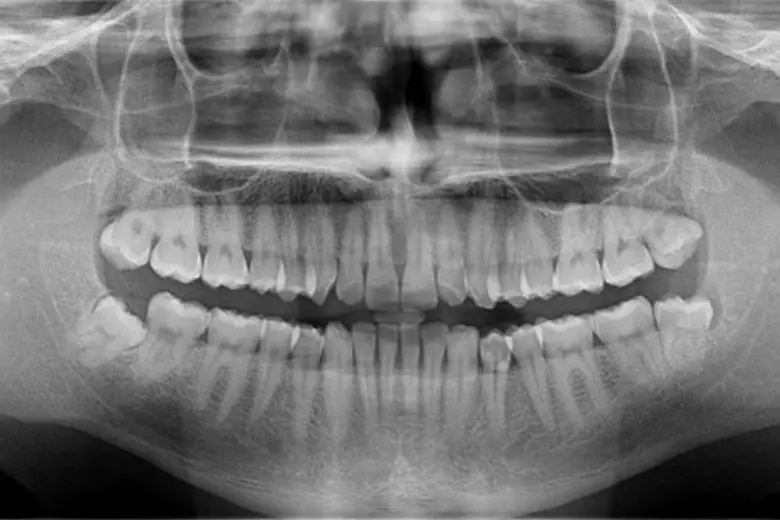
Missing teeth can cause a range of problems, from cosmetic
stigma associated with a gap in your smile, drifting and movement of adjacent teeth to speech problems. Luckily, implants are now relatively easy and can look indistinguishable from your real teeth, provided you have them installed by a skilled practice like six sigma. When a tooth is lost, the specialized bony process that houses the tooth begins to dissolve due to lack of stimulation. This causes a decrease in width and height of the bone in the area the tooth is lost. Neighboring teeth and opposing teeth begin to move into the space. Implants are tiny titanium screws or posts that are surgically placed in the bone. Once integrated into bone
they act like roots onto which small posts are attached which protrude through the gums. These posts provide stable anchors to the replacement teeth.
- Single Tooth
- Several Teeth
- Complete Set Of Teeth
Who is a candidate for Implants?
- Anyone who is missing one or several teeth is a candidate for implants. With the exception of growing children, dental implants are the solution of choice for people of all ages, even those with the following health concerns:
- Existing Medical Conditions: If you can have routine dental treatment, you can generally have an implant placed. While precautions are advisable for certain conditions, patients with such chronic diseases as high blood pressure and diabetes are usually successful candidates for dental implant treatment.
- Gum Disease or Problem Teeth: Almost all implants placed in patients who have lost their teeth to periodontal disease or decay has been successful.
- Currently Wearing Partials or Dentures: Implants can replace removable bridges or dentures, or they can be used to stabilize and secure the denture, making it much more comfortable.
- Smokers: Although smoking lowers the success rate of implants, it doesn’t eliminate the possibility of getting them.
- Bone Loss: Bone loss is not uncommon for people who have lost teeth or had periodontal disease. Oral and maxillofacial surgeons are trained and experienced in grafting bone to safely and permanently secure the implant.
- Implant tooth replacement in children is usually deferred until their jaw growth is complete. There are, however, some instances when a dental implant may be appropriate, such as when it is part of the child’s orthodontic treatment plan. Your family dentist or orthodontist can guide you in this instance.
Procedure
Dental Implant placement usually takes two surgical appointments:
- During the first surgical appointment the implant site is prepared to receive the implant following strict aseptic procedures. The selected size of the implant is placed in the prepared site. The gum tissue is sutured over the implant. The implant takes 4- 6 months to fuse with the bone.
- During the second surgical appointment the implant is uncovered and the appropriate post is attached to which the replacement tooth is anchored. An impression of the post is taken and sent to the lab for the fabrication of the implant crown. During this time a temporary crown is placed. Once the final crown is back it is cemented with permanent cement.

| BEFORE | AFTER |
 |
 DENTAL IMPLANTS |

